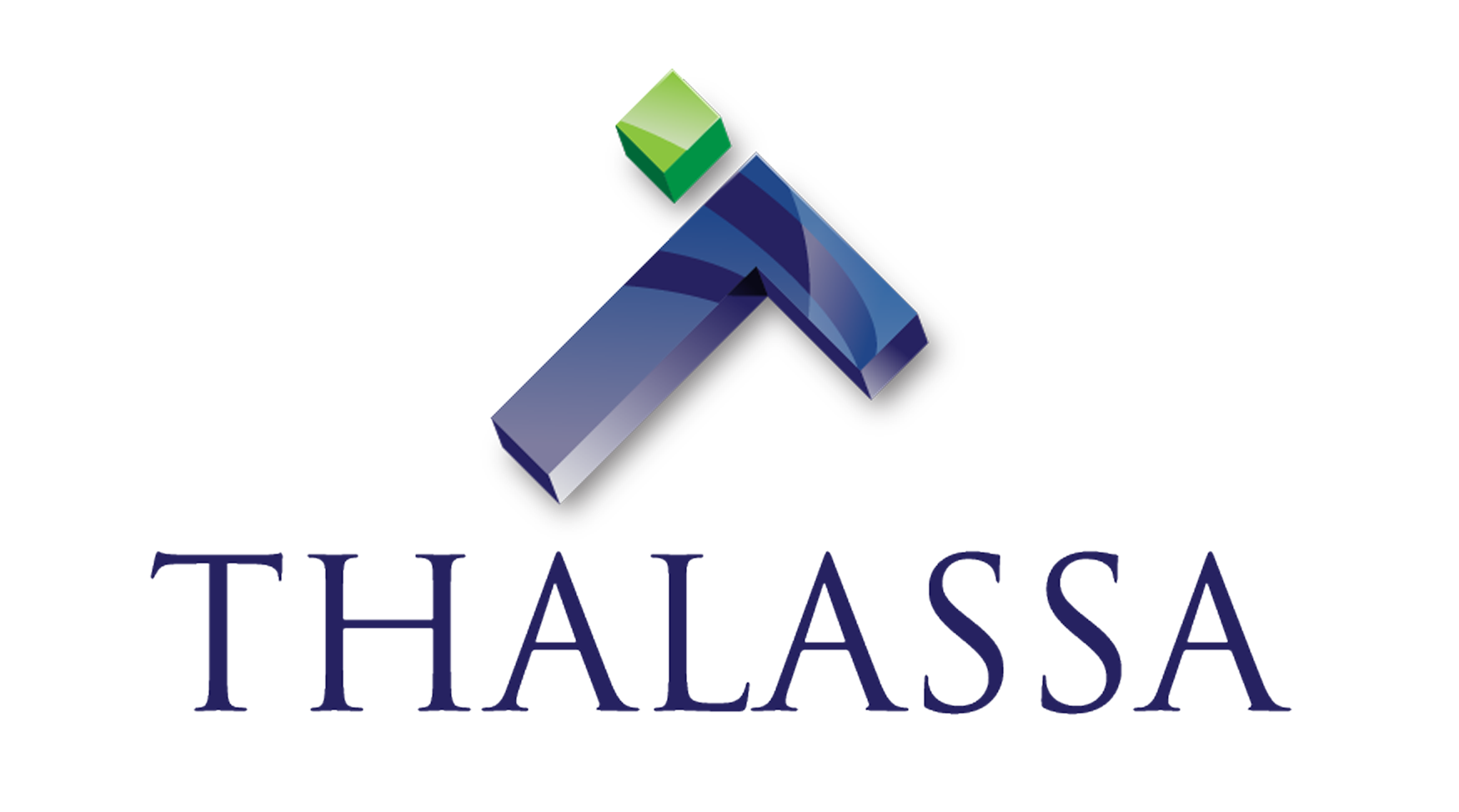“The secret of change is to focus all of our energy not on fighting the old, but on building the new.” Socrates
In Chinese astrology, 2022 was the year of the Water Tiger, a supposedly disruptive, feisty, impetuous, and despotic feline. We don’t believe in the power of stars to foretell the future, but we will hand it to the Chinese astrologers for getting the mood right this time.
The past twelve months were indeed impetuous, feisty, and disruptive. While the direction of most asset classes was not, ultimately, too far off from expectations, the speed and depth of the moves were certainly surprising.
Investors had to endure the largest war on European soil since WWII, a consequent energy shock, rampant inflation, and a significant change in monetary policy. Interest rates moved from a deep negative real yield to getting closer to a positive one. This fast tightening in financial conditions is shocking, given that we have operated with deeply negative real yields for a very long time.
The first victims of this sudden change were, unsurprisingly, the most speculative sectors of markets such as cryptos and NFTs. However, good companies that happened to be overvalued went down too, without much of a fight. In equities, traditional value and defensive sectors held up but tech and pretty much everything else was massively rerated.
The real issue from a portfolio construction perspective was that, unless you could afford alternative vehicles such as hedge funds, traditional diversification was not enough. The much-revered 60/40 portfolio (60% equity, 40% bonds) failed to perform for the first time in over 40 years. The positive correlation of bonds in a down market was probably the most painful element in 2022 for many investors. There was really no place to hide as international and emerging markets were under the same spell aggravated also by a continuously strong dollar.
Unfortunately, the beginning of 2023 might look just as unfriendly as the year that passed. The Fed has telegraphed a peak rate of 5% to 5.5% with a real chance that they may stay that high for longer than anticipated. As of this writing, the FED target rate is at 4.32% and the US 10-year Treasury are at 3.68%. The yield curve is currently inverted (when shorter term rates are higher than longer term rates), often a precursor of a recession.
Europe is probably already in a recession and the US should follow in the first part of 2023. The good news is that if an economic contraction does occur on our soil, it should be shallow and relatively quick. A recession may even force the much-awaited pivot in monetary policy, or the beginning of a rate decreasing cycle.
If this scenario is correct, bonds will outperform equities in the first half of the year and stocks should provide a better finish. This may also bring back the magic of the 60/40 portfolio.
In the context of bonds, we also like municipal paper for several factors. In terms of valuation, long dated taxable munis are near the cheapest level versus corporates in over ten years (source: JP Morgan). Additionally, municipal bonds show strong credit fundamentals, a feature that may come in handy during recessionary times.
Logic would also dictate a relative outperformance of international markets versus the US. Partly because the greenback should have peaked but also because of a realignment of valuations. Europe and Emerging Markets especially are trading at a wide discount to US multiples. Asian markets could also benefit from a reopening trade in China, now that the absurd zero-Covid policy seems to be on its way out. We are a little worried about the confusion surrounding the Chinese Covid policy and we would not be surprised to witness an erratic and occasionally contradicting implementation. If this will be the case, it would lessen the case for an outperformance of Asia.
The full reopening of China will have repercussions on the energy markets as well. While a recession may temporarily dent demand, especially in crude oil the imbalance between supply and demand remains a long-term issue. A Chinese full economic reopening would put even more stress on the supply shortages. In natural gas, supply seems to be plentiful and growing which could favor energy infrastructure companies. On the other hand, the price of the actual commodity (natural gas) might see a significant correction.
One sector that has truly disappointed in the 2022 was commercial real estate. CRE historically provides a hedge against inflationary pressure, but it will succumb to fast interest rate rises. Unfortunately, the last twelve months produced one of the most brutal upcycle in rates. The good news is that the rate cycle is much closer to an end and some subsectors such as health care and data centers are still amid secular trends.
We are turning much less enthusiastic about gold. Gold usually offers a strong hedge during inflationary times and, while in 2022 gold did outperform bonds and equities, it still produced a negative performance (as of this writing). As inflation peaks, the rationale for holding gold relative to other more attractive assets weakens.
In conclusion, we would like to direct your attention toward secular themes we see evolving. Recent events, from pandemics to wars, have probably accelerated an already present trend toward deglobalization. This is a very slow trend as supply chains and capital flows cannot be redesigned overnight, but it is undeniable that barriers to manufacturing integration, capital flows and geopolitical diplomacy have increased. In terms of market impact, this new reality probably means a generally higher level of average inflation (even after we fix the most obvious issues related to the Covid/post-Covid period). A more fragmented global economy will also mean that specific sectors such as renewables – from energy to water – and robotics should gain relevance. Tangential to the above-mentioned increased friction in geopolitics, we also see cybersecurity as an area of continued expansion.
As always, we would like to thank you for the renewed confidence in our work,
Youri Bujko
Davide Accomazzo

